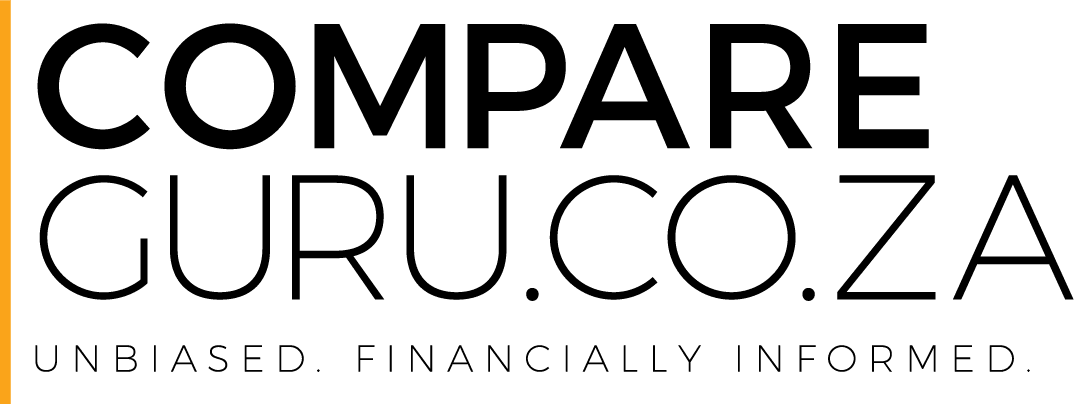CompareGuru Financial Services is an authorised financial services provider FSP. 47696
Everybody is talking about Fibre Internet – a merciful, magical service here to rid us of slow Telkom Internet forever. But, what’s the cost?
Telkom introduced South Africa’s first ADSL package back in August of 2002. Eight years later we’d moved up from a 512/256 KBps connection to a much-more-civilized 10 MBps. Fast forward to today and Fibre internet connections dominate the market. ADSL uses telephone lines to transmit data, while Fibre uses fibre optic cables.
The latter is much, much faster, but how do they measure up in pricing? According to Business Insider’s price comparison, the most affordable Fibre line comes in at R504/pm from VOX. This is for a 4MBps uncapped connection and excludes a R1008 set-up cost.
All other internet providers include this cost in their price. In comparison, the most affordable 4MBps ADSL line goes for R154/pm. This is from Axxess and excludes a R199 Telkom line. South Africa ranks 97th out of 196 countries in terms of the most expensive broadband connectivity. That’s around the halfway mark, but it’s still pretty expensive considering we’re one of the most technologically resourced countries on the continent.
The Best Fibre Prices In South Africa
You may find yourself asking – how much internet do I need? The average South African uses a 4MBps line, which is more than enough for day-to-day internet usage.
This will allow you to watch YouTube videos, troll Twitter and Facebook or do whatever else you might want to do. You might even be able to download some pirated movies at 4 in the morning while the rest of the country is sleeping. Netflix recommends a minimum 3MBps connection for watching standard quality videos, if you enjoy watching a video buffer for 3 hours.
For HD, the recommended connection is 5MBps – which sounds a lot better. If you’re a hardcore online gamer, Business Insider reports that an 8MBps connection is required. In fact, if you like internet and value your sanity, we’ll go on record to recommend a minimum 8MBps connection in general. Let’s have a look.
The internet providers above are some of the largest names in the business. All of the above packages are for uncapped Fibre internet, which is the only kind of internet that should exist. At 4MBps, VOX comes out cheapest per month, but nails you on the set-up cost. Web Africa or Mweb are close second-best prices. At 10MBps, Axxess offers a R619 package. The most expensive appears to be Web Africa at R829. At 20MBps, Web Africa also comes in at R829 – the same as the 10MB connection. That makes the 20MB Web Africa package a pretty great deal. The cheapest offering is from VOX, again with an additional set-up cost, at R756. At 50MBps, VOX comes in cheapest once again with R907, but beware the set-up cost. Next best deal is Web Africa at R1029.
ADSL Cheaper Than Fibre, But Also Slower
Let’s compare the Fibre prices to the ADSL prices on the (more or less) same connection packages. The cheapest 4MB line, R154 from Axxess. Our recommended 8MB line is cheapest from Mweb at R249. The cheapest 10 and 20MBps connections are also available through Axxess at R314 and R384 respectively. So, ADSL is indeed much, much more affordable. Why should we shell out almost double the price for Fibre?
Firstly, and most importantly, Fibre internet isn’t dependant on Telkom. Telkom’s copper line infrastructure is useless. If you’re living further than 5km from a Telkom Exchange (structures set up in certain areas where local connections meet) you’re probably wasting your time with ADSL. Good luck even sending an email. Fibre runs on its own optic network, transmitting information at the speed of light.
Also, remember that with any ADSL connection comes the additional R199 Telkom line connection fee – each and every month.
So is it really that much cheaper? The only downside to Fibre, and it’s a big one, is that it just isn’t widespread enough at the moment. ADSL is available pretty much anywhere.



